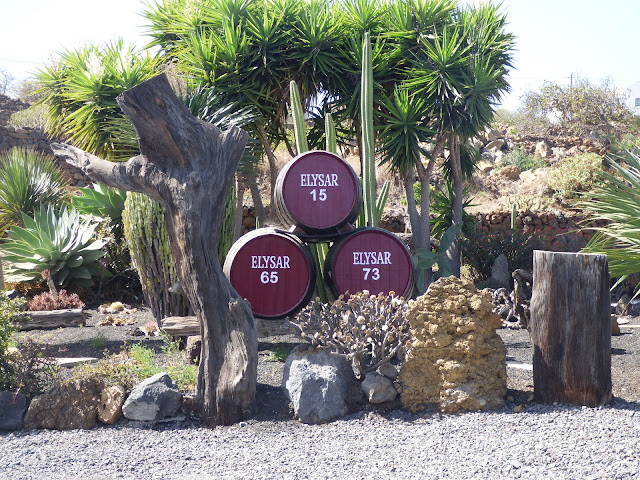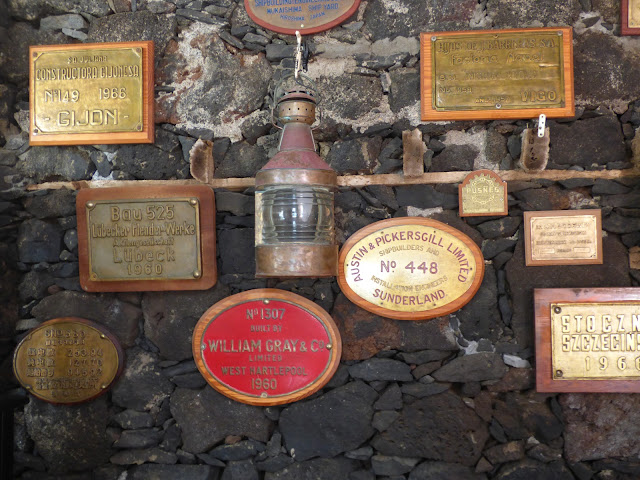The botanical name is Opuntia ficus-indica , a species of cactus that has long been a domesticated crop plant.
Originally from Mexico, yet another plant transported back to Europe by the 17th century Spanish conquistadors.
Some of the common English names for the plant and its fruit are Indian fig opuntia, Barbary fig, cactus pear, spineless cactus, and prickly pear. In Mexican Spanish, the plant is called nopal, while the fruit is called tuna, which are names also used in English, especially as culinary terms, in Spanish the fruit is known as chumbo.
By previous experience we knew that we needed gloves before approaching the plant to harvest the fruit because the fine hairs on the fruit penetrate skin and cause very uncomfortable irritation. Apparently on windy days these hairs can be blown off the fruit into eyes, must be torture. Picking the fruit was not difficult with aid of gloves and tongs, it broke off easily and we picked a big basket very quickly. The problems started in the kitchen, we became careless in emptying the fruit into a boiling pan of water to remove the hairs, better to keep gloves on until the whole process is complete.
After the fruit was safe to handle we scraped out the pulp and sieved it to remove hundreds of pips which are completely inedible and as hard as shot.
After this process there was very little pulp. Adding lemon for pectin and a horrendous amount of sugar the whole mess was boiled up to produce this 400g jar
........... yes, from a big basket of fruit, maybe 5 kilos, one small jar of marmelada which was so sweet it almost disguised any natural taste of the fruit.
Will not be bothering with this again, perhaps for eating fresh and spitting out the seeds as one goes. Apparently full of antioxidants and particularly effective for hangover cure, perhaps that little jar will come in useful during the coming festive season.



















































